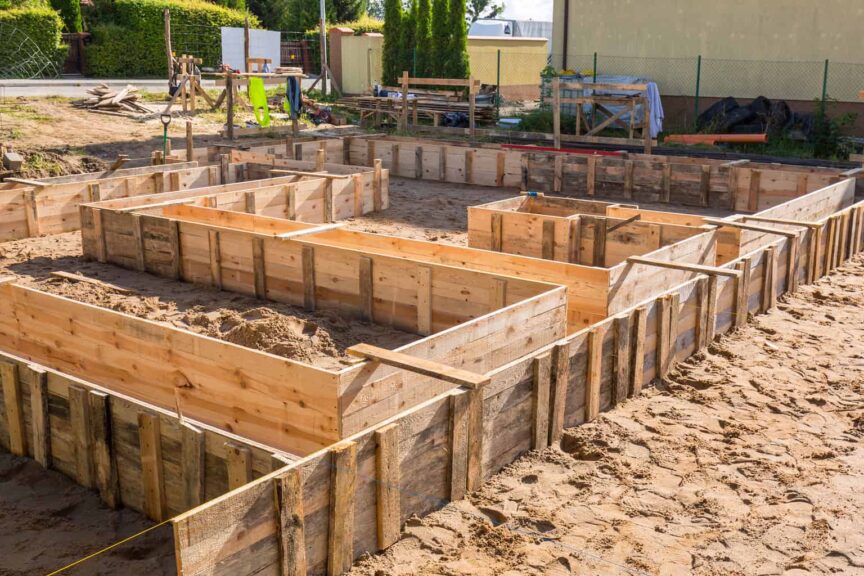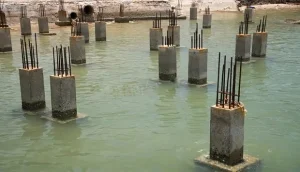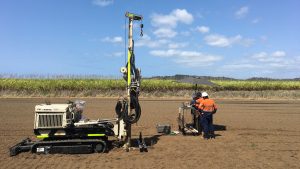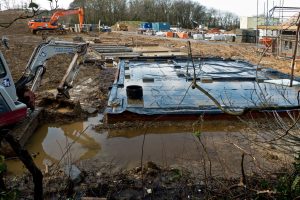When planning any construction project, one of the most important considerations is what lies beneath the surface. The soil on a site plays a major role in how engineers design a structure, how stable it will be, and what kind of foundation design it needs. Ignoring the condition or type of soil can lead to poor performance of the foundation, higher construction costs, or even long-term structural issues.
In this article, we will explore how different soil types affect foundation design, what engineers look out for when analyzing soils, and how this information shapes construction decisions.
Why Soil Matters in Foundation Design
Soil is a complex material made up of particles, water, air, and organic matter. Its behavior changes depending on its type, structure, and moisture content. Since the foundation of any building rests on soil, understanding the type of soil on a site is the first step in designing a foundation that can carry the load of the structure safely and efficiently.
Some soils can support heavy loads with minimal movement. Others might shrink, swell, or settle significantly depending on weather and environmental changes. The main goal of geotechnical analysis is to reduce risks by selecting the right foundation type based on how the soil will behave.
Common Soil Types and Their Influence on Foundations
1. Clay Soils
Clay is made up of very fine particles. It holds water well and expands when wet and contracts when dry. This constant movement can be a problem for shallow foundations, leading to cracks in walls or uneven floors.
Engineers often design foundations for clay soils with added depth or reinforcement to reach more stable layers or reduce the effects of swelling and shrinkage. In some cases, they use soil improvement techniques like lime stabilization before construction.
2. Sandy Soils
Sandy soils have larger particles and do not retain water like clay does. They are generally stable when compacted properly and offer good drainage. However, if loose or unconfined, sandy soils may shift or collapse under pressure, especially when saturated.
Shallow foundations such as strip or pad footings can work well in well-graded, compacted sand. Proper compaction is key, and engineers often require field density tests before construction begins.
3. Silty Soils
Silt has smaller particles than sand but larger than clay. It holds water but drains poorly, making it prone to settlement and frost heave in cold climates. In regions with a lot of rainfall, silty soils can become soft and unstable.
Foundations on silty soils usually require deep piling or the removal and replacement of unsuitable soil to reduce the risk of shifting or sinking over time.
4. Gravel and Rock
Gravel and rock provide some of the best support for foundations. They are strong, do not expand or contract with moisture, and rarely settle unevenly. Foundations built on bedrock are generally very stable and require less reinforcement compared to other soil types.
However, excavation in rock can be expensive and time-consuming. The cost of construction may increase, but the long-term performance of the foundation is usually excellent.
5. Peat and Organic Soils
Peat is made from decomposed plant matter and is highly compressible and unstable. It is not suitable for building unless removed or improved. Construction on peat can lead to excessive settlement and failure unless deep foundations such as piles are used to transfer loads to more competent layers.
How Soil Testing Supports Foundation Design
Before any foundation design can begin, engineers will test the site to determine the soil’s characteristics. This process is known as a geotechnical site investigation and typically includes:
- Borehole drilling to collect soil samples
- Standard Penetration Tests (SPT) to evaluate soil resistance
- Laboratory testing to analyze moisture content, plasticity, compaction, and strength
The results help engineers decide whether the site is suitable for shallow foundations or if it requires deep foundations like piles or caissons. The data also informs decisions on drainage, waterproofing, and the overall structure design.
You can learn more about soil testing standards and their importance on resources like ASTM International and Geoengineer.org.
Designing Foundations to Suit Soil Conditions
Once soil properties are known, the foundation type is selected. Here are some typical options based on soil behavior:
- Shallow foundations like isolated or strip footings are used where the soil near the surface has good load-bearing capacity.
- Raft foundations spread the load over a large area and are useful in areas with variable soil conditions.
- Pile foundations are used where the surface soil is weak, transferring the load to deeper, more stable soil or rock.
- Soil replacement or improvement is considered when weak soils need strengthening before foundation placement.
Choosing the wrong foundation design can lead to structural movement, cracks, tilting, or even collapse.
Involving geotechnical experts who understand local soil behavior is so important because no two sites are exactly the same. Even within the same city, soil conditions can change drastically due to past land use, erosion, or environmental factors.
Their insight ensures that foundation design is customized for the exact conditions of the site. This reduces risk, supports longevity, and keeps construction on schedule and within budget.
Book a consultation with AOA Geo-Net today for deeper insights into the best foundation design for your project.




